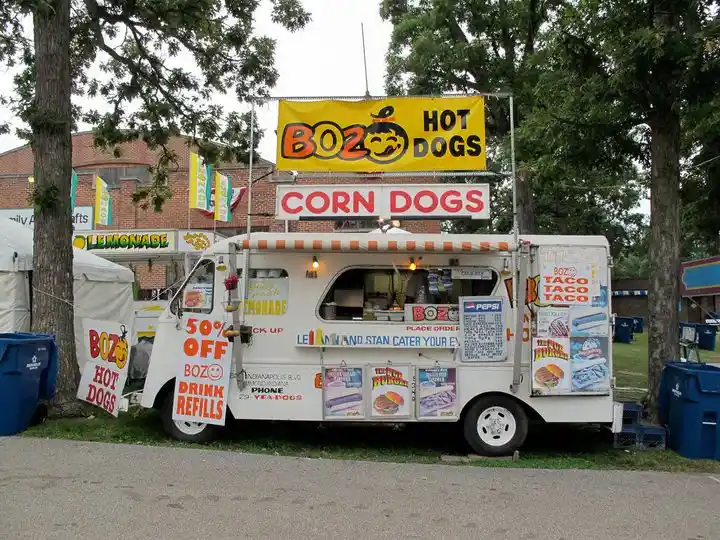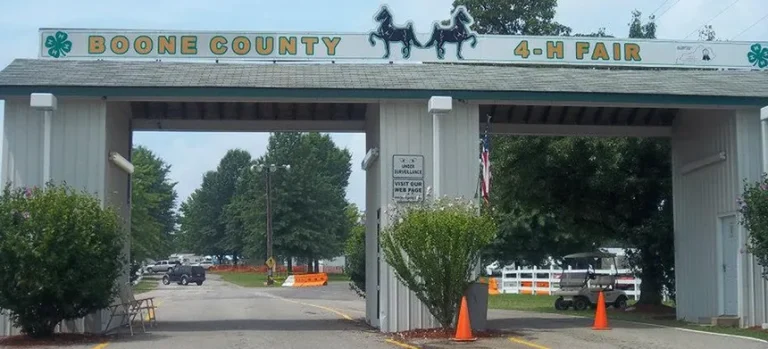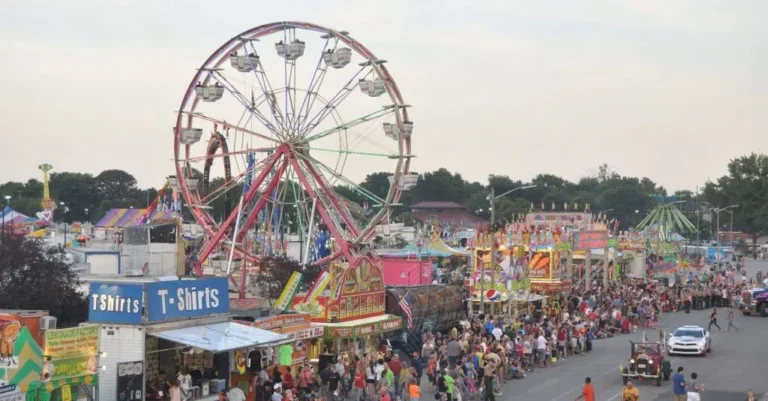The Illinois State Fair boasts an illustrious past dating back to its inaugural celebration in 1853. Beginning as an agricultural show that traveled throughout Illinois, its initial celebration featured agriculture-related achievements. Gradually it found permanent roots at Illinois State Fairgrounds in Springfield – opening up new chapters in its legacy and legacy.
The fair has continued to evolve, celebrating agriculture and community spirit for over 170 years. It has grown from humble beginnings to an annual event that attracts thousands of visitors, featuring livestock exhibitions, rides, and local food. The fair reflects the agricultural heritage of Illinois, while also serving as a gathering place for families and friends.
Exploring the history of the Illinois State Fair reveals not just changes in agriculture but also society itself. From its humble origins on lesser-known grounds to becoming one of Illinois culture’s key events, its development shows the intricate bond between agriculture and community spirit as it honors Illinois as whole.
Historical Overview
The Illinois State Fair has a rich history that reflects the development of agriculture and community in the state. Key points include its founding, significant milestones, and changes in architecture over the years.
Founding of the Illinois State Fair
The Illinois State Fair began as an agricultural exhibition in Springfield in 1853 and featured advancements in agriculture, livestock, industry, and education. Attracting over 20,000 visitors with only 25 25-cent admission fee at first, this event demonstrated Illinois’ early years as an agricultural state and community engager. Although initially mobile due to travel budget cuts from the Illinois Department of Agriculture. Finally becoming fixed under Illinois State University.
Notable Milestones
Illinois State Fair has marked numerous significant moments throughout its 166-year history, from 1894 when the fair first convened at its current site for the inaugural time, and expanding significantly in 1924 when they bought additional acres to accommodate growing attendance and events. More recently in 2019, celebrating over 200 years of tradition by welcoming in new attractions like “Corndog Kickoff.” These attractions engage visitors while simultaneously showing modern elements as well as those associated with its past.
Architectural Developments
The architectural landscape of the Illinois State Fair has evolved significantly. The original fairgrounds featured basic structures for livestock and vendor displays. Over the years, more elaborate buildings were constructed, with notable investment in new facilities, especially during the late 19th and early 20th centuries. The fairgrounds have become an important cultural hub, with structures designed to enhance visitor experience and accommodate larger crowds. Efforts to preserve historical buildings continue, ensuring that the legacy of the fair remains while adapting to contemporary needs.

Cultural Impact
The Illinois State Fair has played a significant role in shaping the culture and identity of Illinois. Its influence extends to advancements in agriculture, contributions to the economy, and rich traditions that provide entertainment and community connection.
Agricultural Advancements
From its first event in 1853, the Illinois State Fair has been a platform for showcasing agricultural practices. The fair promotes new techniques in farming, livestock management, and crop production.
Farmers demonstrate best practices that can increase yield and improve sustainability. Many products view their origins at the fair, fostering a sense of pride among local farmers.
In addition to competitions and displays, educational programs are often held. These sessions inform attendees about innovations in agriculture. The fair thus acts as a bridge between farmers and the public, enhancing awareness of agricultural issues.
Economic Contributions
The Illinois State Fair significantly boosts local and state economies. It attracts hundreds of thousands of visitors each year, leading to increased spending in surrounding areas.
Vendors, hotels, and restaurants benefit from the influx of attendees. Jobs are also created temporarily to support fair operations. This economic impact helps sustain many local businesses in Springfield and beyond.
Moreover, the fair can strengthen agricultural markets by connecting producers with potential customers. Such interactions can lead to increased sales and opportunities for local farmers, benefiting the broader economy.
Traditions and Entertainment
Traditions surrounding the Illinois State Fair engage the community and celebrate the state’s heritage. Events such as parades, concerts, and carnival rides attract a diverse audience.
Food plays an essential part of any event experience, from corn dogs and funnel cakes to other special dishes like these that create lasting memories for guests.
At this year’s fair, competitions will highlight artistic talent from around the globe and demonstrate cultural expressions through arts and crafts, creating an enjoyable mix of entertainment. Visitors feel connected through shared experiences at this annual celebration of creativity!
Such traditions form part of an impressive local culture and make attending fairs one of the highlights of every year for many families.


